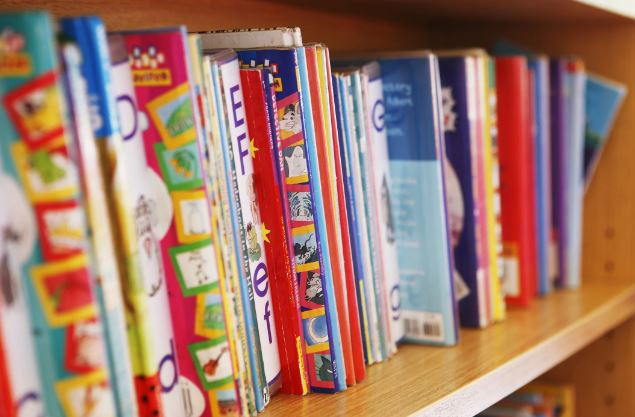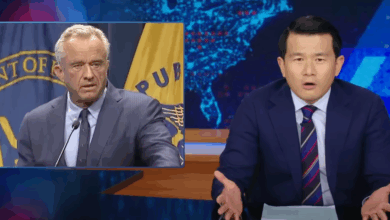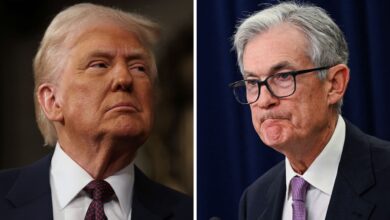Educational Misstep: Incorrect Identification of Black Icons in Activity Set Sparks Backlash and Recall

In a recent controversy that sparked widespread debate on social media and amongst educational circles, an educational activity set aimed at teaching children about civil rights figures has come under fire for misidentifying several key Black icons. The backlash led to the product being swiftly pulled from shelves, highlighting the importance of accuracy and sensitivity in educational materials.
The activity set, which was designed to educate children on the monumental figures of the civil rights movement, mistakenly identified multiple Black leaders, causing an uproar among parents, educators, and civil rights activists. This error not only undermines the educational intent of the product but also disrespects the legacy of the individuals who played crucial roles in fighting for equality and justice.
Critics of the misidentification argue that such mistakes contribute to the erasure and misrepresentation of Black history, emphasizing the need for educational publishers to consult with historians and cultural experts when creating materials related to sensitive and significant historical movements. The outcry over the inaccuracies in the activity set serves as a reminder of the ongoing struggle for accurate representation and the importance of educational integrity.
In response to the backlash, the company responsible for the activity set issued a public apology, acknowledging the errors and the offense they caused. They announced immediate steps to recall the product and conduct a thorough review of their content creation process to prevent similar incidents in the future. This incident has sparked a broader conversation about the responsibility of educational content creators to ensure their materials are not only informative but also respectful and accurate.
The recall of the misidentified civil rights activity set underscores the critical need for vigilance in educational material production and the importance of honoring the true stories of historical figures. As society continues to grapple with issues of representation and equality, such incidents serve as stark reminders of the work that remains to be done in achieving accuracy and respect in how we educate future generations about their history.
This episode has prompted a call to action for educators, publishers, and parents alike to advocate for and support the creation of educational materials that accurately reflect the diversity and complexity of history, ensuring that the contributions of all individuals are recognized and celebrated with the dignity they deserve.





